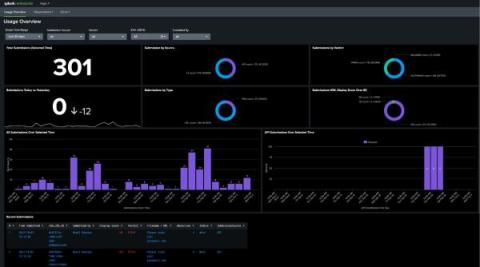Malware Detection & Top Techniques Today
Every day, an average of 450,000 new malware are designed to wreak havoc on businesses, governments, and average citizens. Aside from the financial implications of malware, the reputational damage for companies and the psychological impact on victims (especially with ransomware) are enough to scare anyone at the thought of dealing with a malware attack. But it’s not all bad news! There is a way of protecting your devices and cyberspace with a proactive method.








